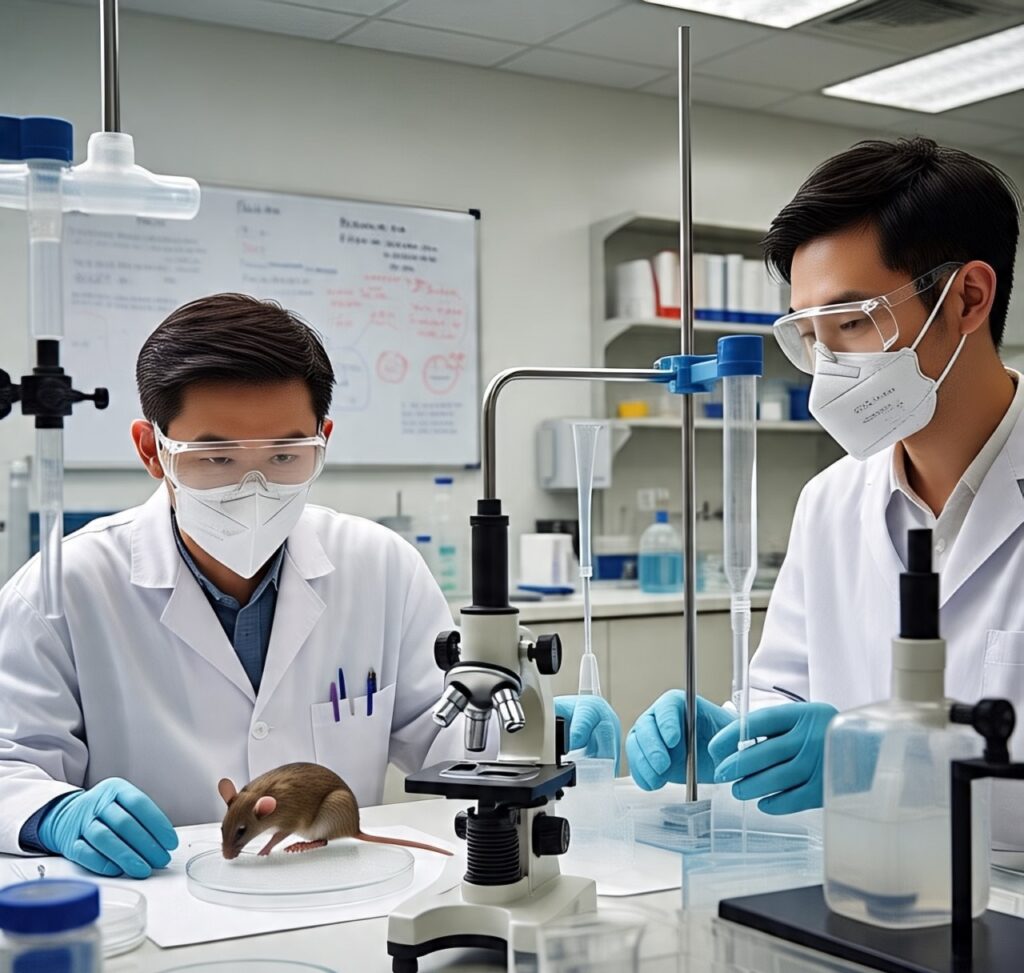
In a groundbreaking study, Chinese scientists have successfully created offspring from two male mice without using a female egg cell’s DNA. This remarkable achievement has opened up new possibilities in the field of genetics and reproductive biology. Researchers at Shanghai Jiao Tong University developed this technique, known as “androgenesis,” which involves using two male mice’s sperm to create offspring.
The Science Behind Androgenesis
Androgenesis is a complex process that requires precise manipulation of DNA. Scientists removed the DNA from an egg cell and replaced it with DNA from the two male mice. This was done to create an embryo that would develop into an offspring with genetic material from both male parents. The researchers then transferred the embryos to female mice, which acted as surrogates, carrying the pregnancies to term
The Breakthrough
Out of 259 embryos transferred, only two offspring survived. These offspring grew into healthy adults and were able to reproduce themselves. This breakthrough demonstrates that it is possible to create offspring from two male mice using androgenesis. However, the low success rate highlights the complexity and challenges associated with this technique.
Implications and Challenges
While this achievement is significant, scientists acknowledge that applying this technique to humans would be extremely challenging. The process requires a large number of egg cells and surrogates, and the success rate is low. Additionally, if this technique were applied to humans, the child would have mitochondrial DNA from a female donor, resulting in a child with DNA from three people. This raises ethical and genetic concerns that would need to be addressed.
The Complexity of Creating Offspring from Two Males
Creating offspring from two females is relatively easier compared to creating offspring from two males. This is because the genetic material from two females can be combined more easily to form an embryo. However, when it comes to two males, the process is more complex due to the differences in their genetic material. Scientists need to find ways to combine the DNA from two males in a way that would result in a viable embryo.
Future Directions
While this breakthrough is significant, further research is needed to develop this technique and overcome the challenges associated with it. Scientists will need to refine the process and improve the success rate before considering its application in humans. Additionally, the ethical implications of this technique would need to be carefully considered and debated.
Conclusion
The creation of offspring from two male mice using androgenesis is a remarkable achievement that has opened up new possibilities in genetics and reproductive biology. While the technique is still in its infancy, it has the potential to revolutionize our understanding of genetics and reproduction. However, further research is needed to develop this technique and address the challenges and ethical concerns associated with it.
